Master the art of growing stunning anemones with expert guidance on planting, care and bloom timing. Learn how to cultivate these versatile flowers for both spring and fall blooms in your garden.
Anemones are versatile, eye-catching flowers that bring delicate blooms to gardens in both spring and fall. These perennials, also known as windflowers, come in various species that bloom at different times, offering gardeners options for extended seasonal color. With proper care, anemones will reliably return year after year, producing abundant blooms in shades of white, pink, red and purple.
As a professional gardener who has cultivated anemones for over 15 years, I’m excited to share my expertise on growing these enchanting flowers successfully.
Quick Facts About Anemones
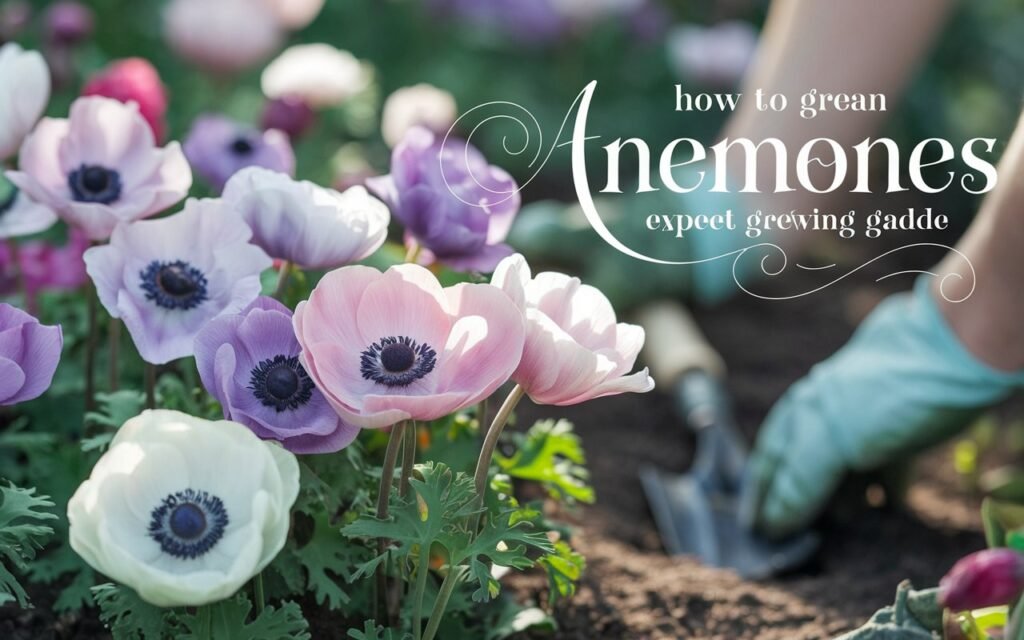
- Plant Types: Spring-blooming tuberous, Fall-blooming fibrous
- Height: 6 inches to 4 feet, depending on variety
- Bloom Time: Spring or fall, variety dependent
- USDA Hardiness Zones: 4-8 (some varieties 3-9)
- Flower Colors: White, pink, red, blue, purple
Types of Anemones
Spring-Blooming Varieties
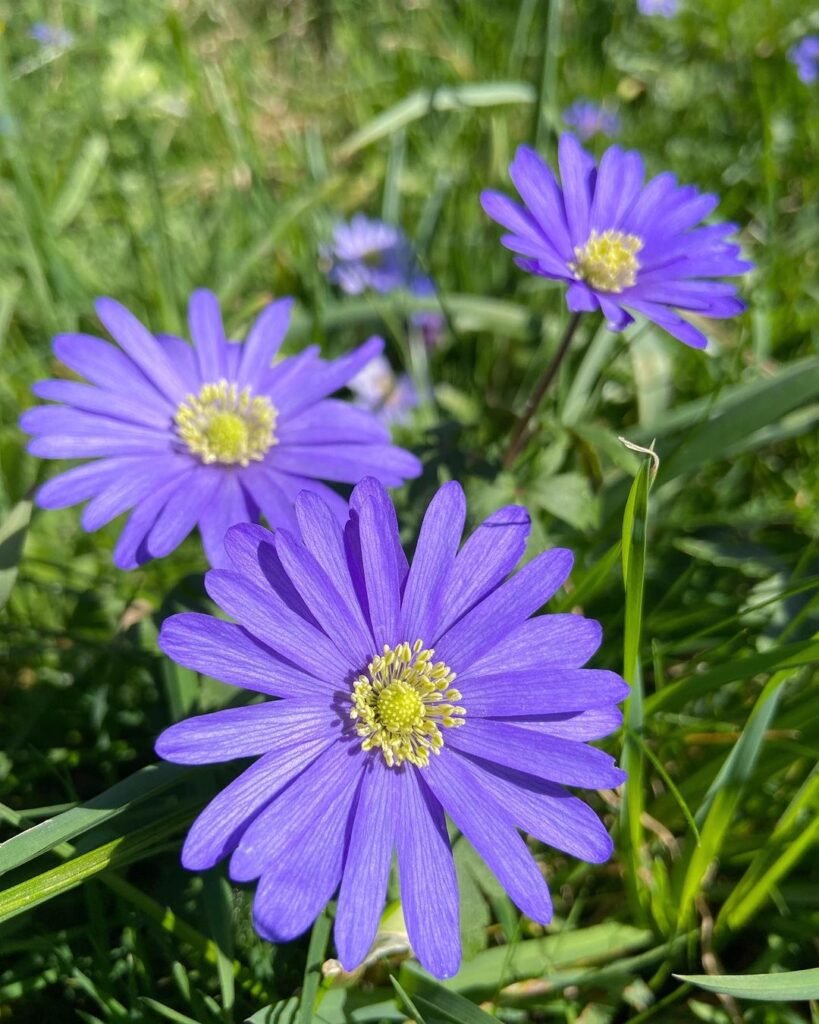
- Anemone blanda (Grecian Windflower)
- Low-growing, daisy-like flowers
- Blooms early spring
- Excellent for rock gardens
- Anemone coronaria (Poppy Anemone)
- Large, vivid blooms
- Popular cut flower
- Often grown as annual
Fall-Blooming Varieties
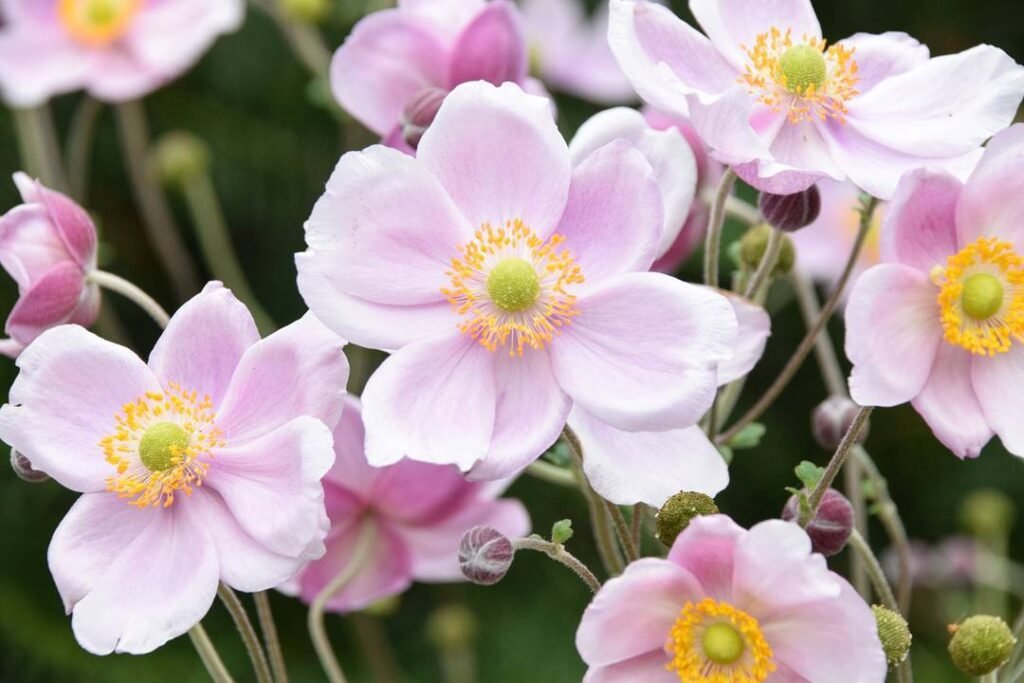
- Anemone x hybrida (Japanese Anemone)
- Tall, graceful stems
- Late summer to fall blooms
- Excellent background plants
- Anemone hupehensis (Chinese Anemone)
- Medium height
- Long blooming period
- Naturalizes well
How to Plant Anemones
Planting Spring Varieties
- Timing:
- Plant tubers in fall for spring bloom
- Or start indoors 12-14 weeks before last frost
- Soil Temperature:
- Ideal when 50-55°F (10-13°C)
- Planting Depth:
- 2-3 inches deep
- 3-4 inches apart
- Pre-Planting Prep:
- Soak tubers for 3-4 hours
- Plant with pointed end down
Planting Fall Varieties
- Timing:
- Spring or early summer
- Spacing:
- 12-18 inches apart
- Allow room to spread
- Location:
- Partial shade in hot climates
- Morning sun in cooler areas
Site Selection and Soil Preparation
Ideal Growing Conditions
- Light:
- Full sun to partial shade
- More shade in hot climates
- Soil:
- Well-draining, rich in organic matter
- pH 6.0-7.0
- Moisture:
- Consistently moist but not waterlogged
Soil Preparation Steps
- Add compost or aged manure
- Ensure good drainage
- Loosen soil to 12 inches depth
Care and Maintenance
Watering Guidelines
- Keep soil consistently moist
- Reduce watering when dormant
- Pro tip: Mulch to retain moisture
Fertilizing Schedule
- Spring:
- Apply balanced fertilizer when shoots emerge
- Growing Season:
- Monthly liquid fertilizer
- After Blooming:
- Reduce to encourage dormancy
Seasonal Care
Spring Care
- Remove winter mulch gradually
- Apply light fertilizer
- Monitor for frost damage
Summer Care
- Deadhead spent blooms
- Maintain consistent moisture
- Watch for pests
Fall Care
- Reduce watering for spring varieties
- Apply winter mulch in cold regions
- Plant spring-blooming tubers
Winter Care
- Apply mulch in colder zones
- Protect container plants
- Minimal watering if evergreen
Common Problems and Solutions
Pest Management
- Slugs and Snails:
- Use copper tape barriers
- Set up beer traps
- Apply diatomaceous earth
- Spider Mites:
- Increase humidity
- Use insecticidal soap
- Regular leaf cleaning
Disease Prevention
- Root Rot:
- Improve drainage
- Avoid overwatering
- Plant at proper depth
- Powdery Mildew:
- Improve air circulation
- Water at plant base
- Apply fungicide if needed
Propagation Methods
Division
- Divide fall anemones every 3-4 years
- Best done in early spring
- Replant divisions immediately
Seed Starting
- Collect seeds when ripe
- Sow fresh or stratify
- Expect slow germination
Design Tips and Uses
Garden Design
- Use as groundcover (spring varieties)
- Plant in drifts for impact
- Combine with:
- Hostas
- Ferns
- Late-blooming perennials
Cut Flowers
- Harvest when buds are colored but not fully open
- Remove all foliage below water line
- Change water daily
Advanced Growing Techniques
Container Growing
- Use deep pots with drainage
- Plant spring varieties in layers
- Protect from winter freeze
Forcing Blooms
- Pre-chill tubers
- Plant in containers indoors
- Maintain consistent temperatures
Popular Anemone Varieties
Spring Favorites
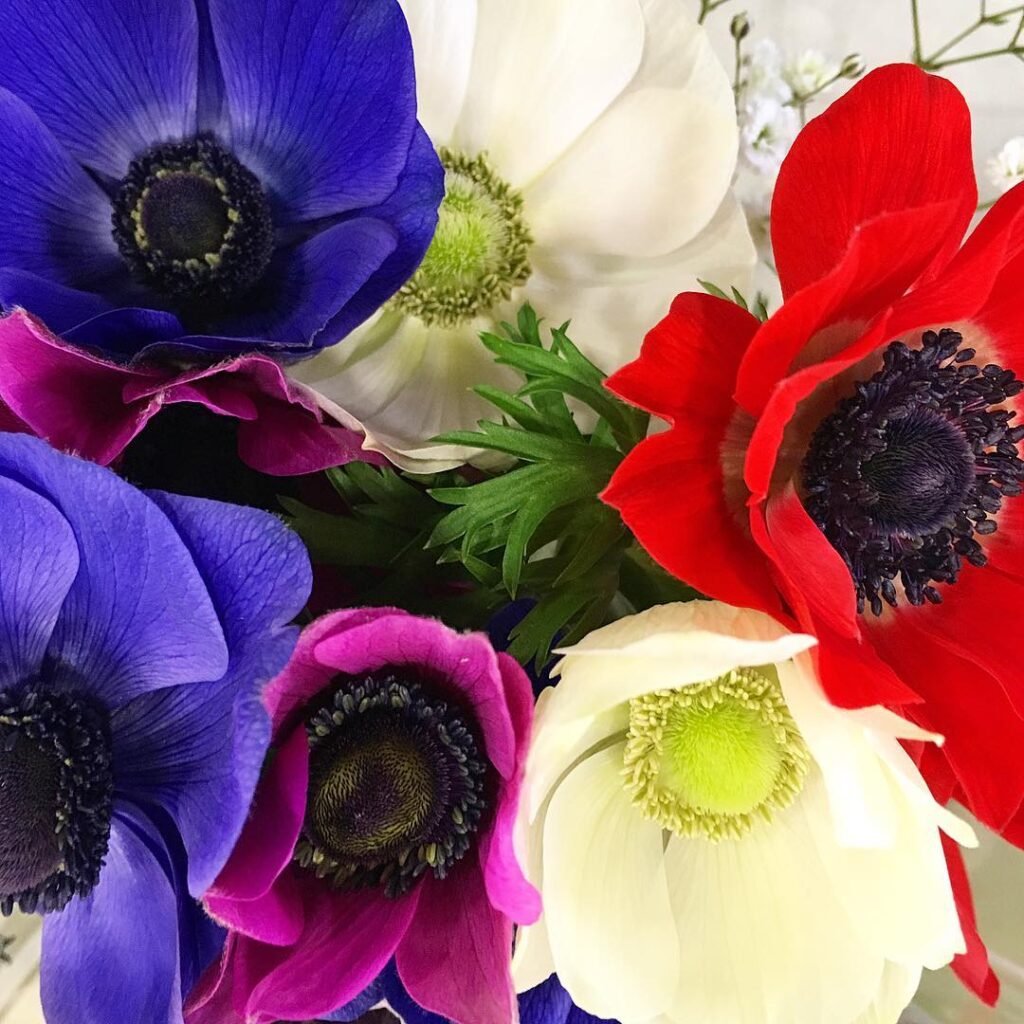
- Anemone De Caen: Single flowers, various colors
- Anemone St. Brigid: Double flowers, frilled petals
- Anemone Blue Shades: True blue blooms
Fall Favorites
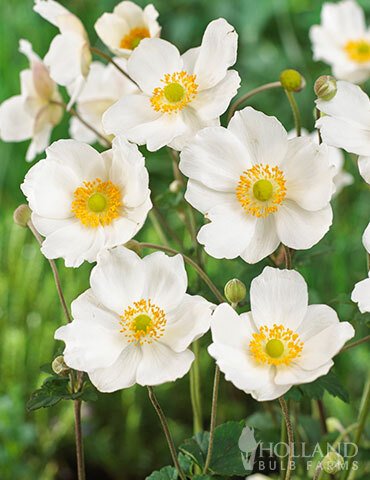
- ‘Honorine Jobert’: Classic white flowers
- ‘September Charm’: Pink blooms, reliable
- ‘Robustissima’: Hardy, pale pink flowers
Troubleshooting Common Issues
- No Blooms:
- Check planting depth
- Ensure adequate chilling
- Weak Growth:
- Improve soil fertility
- Check light levels
- Winter Survival:
- Proper mulching
- Good drainage essential
Remember, patience is key when growing anemones. Spring varieties may take a few weeks to emerge, while fall varieties might take a season to establish before blooming prolifically. With proper care, these delightful flowers will reward you with years of beautiful blooms!
For more gardening tips and plant care guides, visit usagardenhub.com.

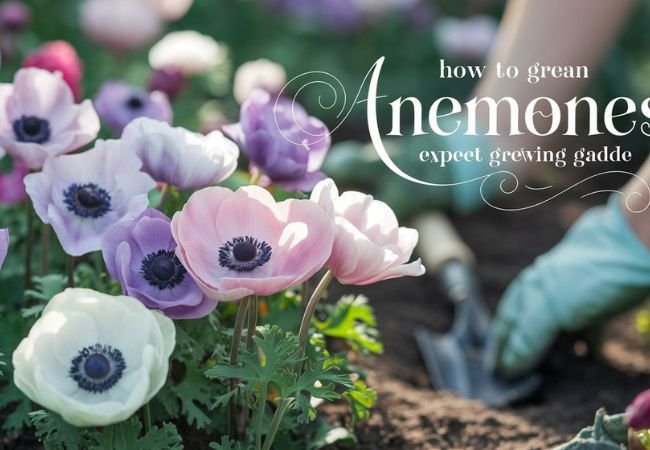




One comment on “How to Grow Anemones : Expert Growing Guide”